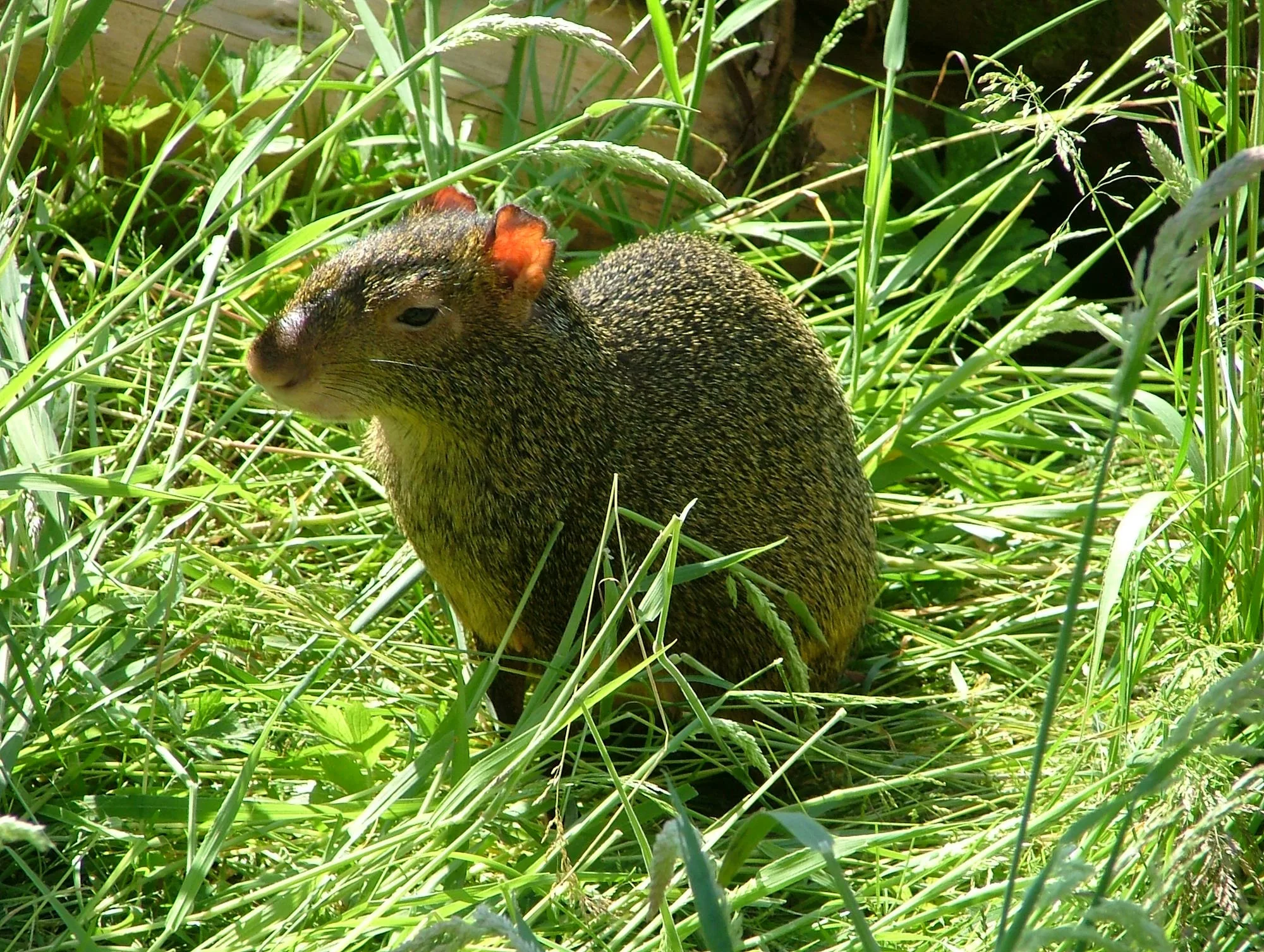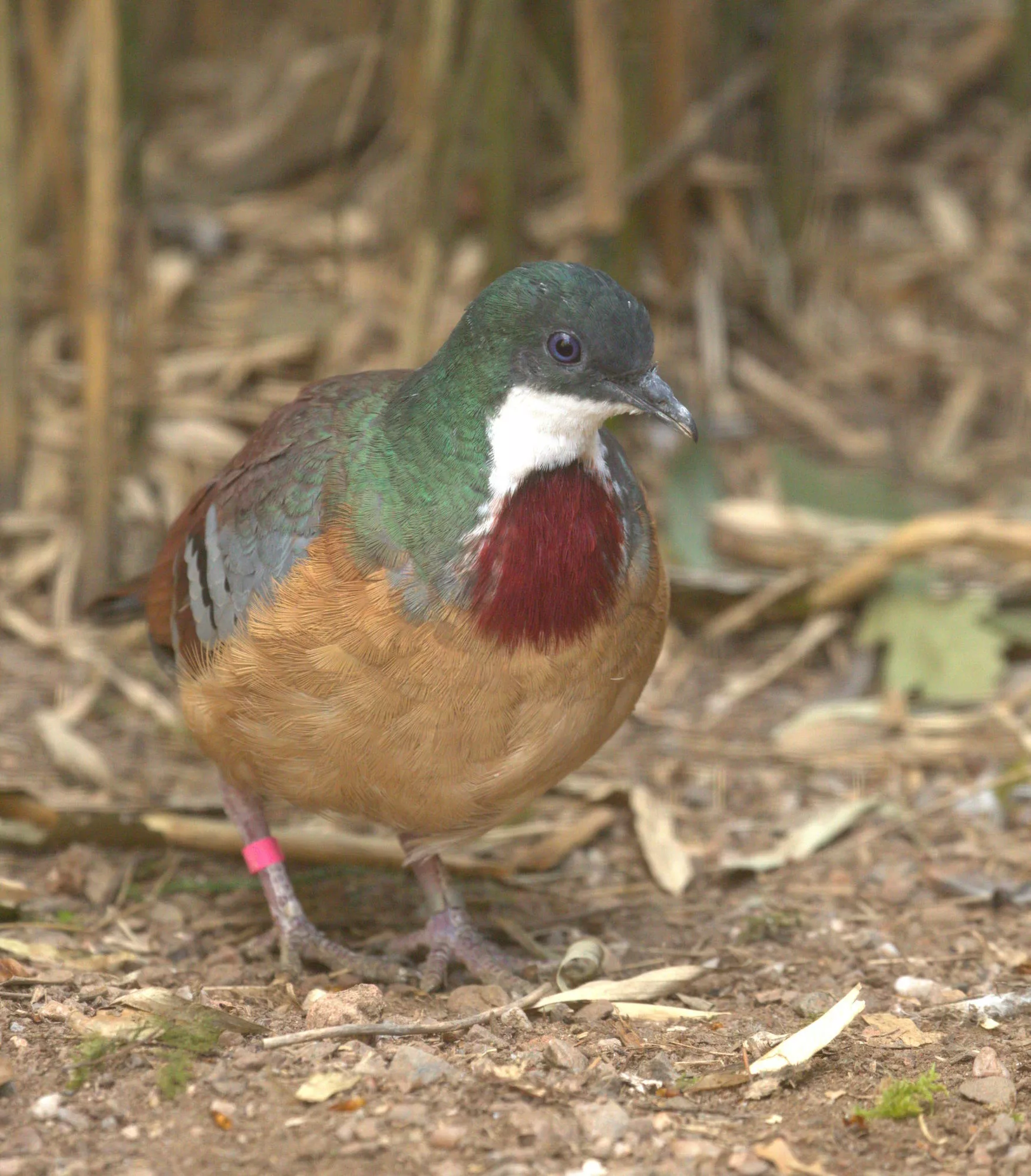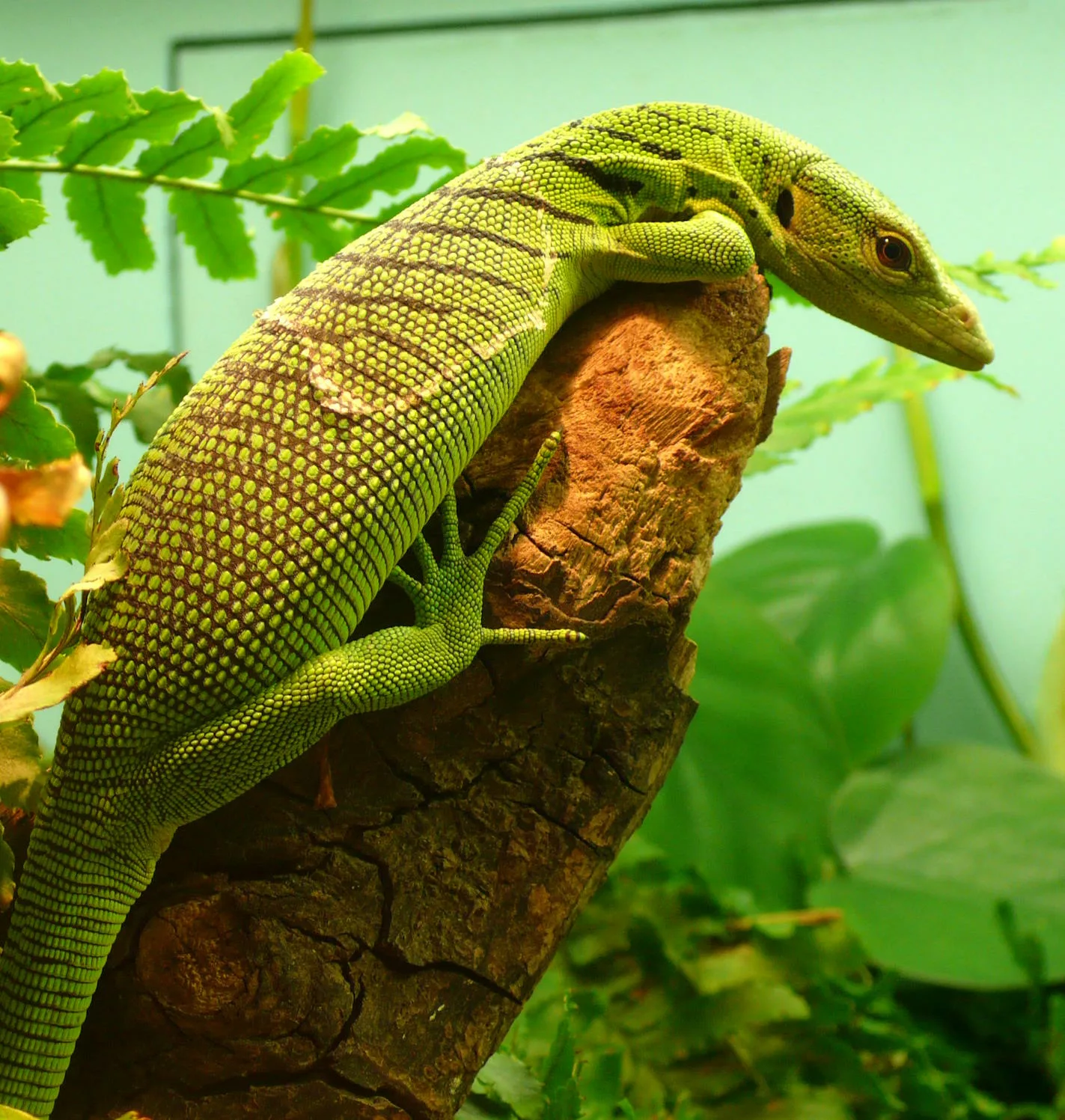
Swamp wallaby
Scientific name: Wallabia bicolor
IUCN listed as: Least Concern
Learn before you visit!
Here are some facts about the species – Discover what they eat, find out about their natural habitat, see what they like to do, and more… Set the reading style to suit you too, everyday speak or something aimed towards children.
Child-friendly
Everyday
Diet
Swamp wallabies are herbivorous and primarily feed on a variety of vegetation including grasses, shrubs, leaves, and bark. They are also known to consume agricultural crops, which sometimes brings them into conflict with farmers. Their diet is diverse, allowing them to adapt to different habitats and seasons. They have a unique digestive system that allows them to process fibrous plant material efficiently. This diet supports their energetic lifestyle and ability to thrive in diverse environments.
Swamp wallabies eat plants like grasses, leaves, and bark. Sometimes, they also eat farm crops, which can upset farmers. They have a special stomach that helps them digest tough plants. This varied diet helps them live in many different places.
Breeding
Breeding occurs throughout the year, with females capable of having a new joey while another is still in the pouch. After a gestation period of about 33 days, the tiny joey crawls into the mother’s pouch where it continues to develop. The joey stays in the pouch for about 8-9 months before emerging. Female wallabies can delay the birth of a new joey until the older one leaves the pouch, ensuring continuous reproduction. This reproductive strategy helps maintain stable population numbers.
Swamp wallabies can have babies all year round. The baby, called a joey, is born very tiny and crawls into the mother’s pouch. It stays there for 8-9 months until it’s big enough to come out. The mother can have another joey ready as soon as the first one leaves the pouch.
Habitat
Swamp wallabies are found in eastern Australia, inhabiting a range of environments from forests and woodlands to wetlands and farmland edges. They prefer dense vegetation that offers ample food and protection. These habitats provide them with the resources they need to survive and reproduce. However, habitat destruction and fragmentation pose threats to their populations. Conservation efforts focus on preserving these natural environments and creating wildlife corridors to connect fragmented habitats.
Swamp wallabies live in eastern Australia in forests, wetlands, and near farms. They like dense vegetation for food and safety. Protecting these habitats is important for their survival. Conservation helps keep their homes safe and connected.
At the zoo
In zoos, swamp wallabies are provided with habitats that mimic their natural environments, including grassy areas and places to hide. They are fed a diet of fresh vegetation and specially formulated pellets to meet their nutritional needs. Zoos play an important role in educating the public about these animals and their ecological importance. Breeding programs in zoos help maintain healthy populations and genetic diversity. Observing wallabies in captivity also helps researchers learn more about their behaviour and needs.
In zoos, swamp wallabies live in areas that look like their natural homes. They eat fresh plants and special food pellets. Zoos teach people about these animals and help protect them. Watching them helps scientists learn more about their lives.
Behaviour
Swamp wallabies are mostly solitary and are active during the early morning and late afternoon. They are strong jumpers and swimmers, which helps them escape predators and navigate their habitats. They communicate through a range of vocalisations and body language. Their solitary nature helps reduce competition for food. Despite being solitary, they sometimes gather in small groups when feeding.
Swamp wallabies usually live alone and are active in the morning and evening. They are good at jumping and swimming to escape danger. They use sounds and body language to communicate. They prefer to be alone but sometimes feed in small groups.
Fun facts
- Unique Digestive System: They have a specialized stomach to digest fibrous plants.
- Reproductive Strategy: Females can have overlapping pregnancies, ensuring continuous reproduction.
- Solitary Nature: They are mostly solitary but gather in small groups to feed.
- Adaptability: They thrive in diverse habitats from forests to farmland edges.
- Vocal Communication: They use a variety of sounds and body language to communicate.
- Special Stomachs: Their stomachs help digest tough plants.
- Baby Overlap: Mothers can have new babies while one is still in the pouch.
- Loners: They like to be alone but sometimes eat in groups.
- Home Variety: They live in many places like forests and farms.
- Talking: They use sounds and body language to talk.
More animals to discover at our zoo
Quick Links
Tickets & Prices
You can buy tickets for Exmoor Zoo securely online, as well as finding out more price options, discover offers, and more…
What’s on…
Exmoor Zoo hosts incredible Events all through the year. You can find out about what we’ve got in store here…
Routes & info
Like any great discovery, Exmoor Zoo can feel a little off the beaten path – but don’t worry – you can plan your journey with our recommended routes and other useful travel info.



























